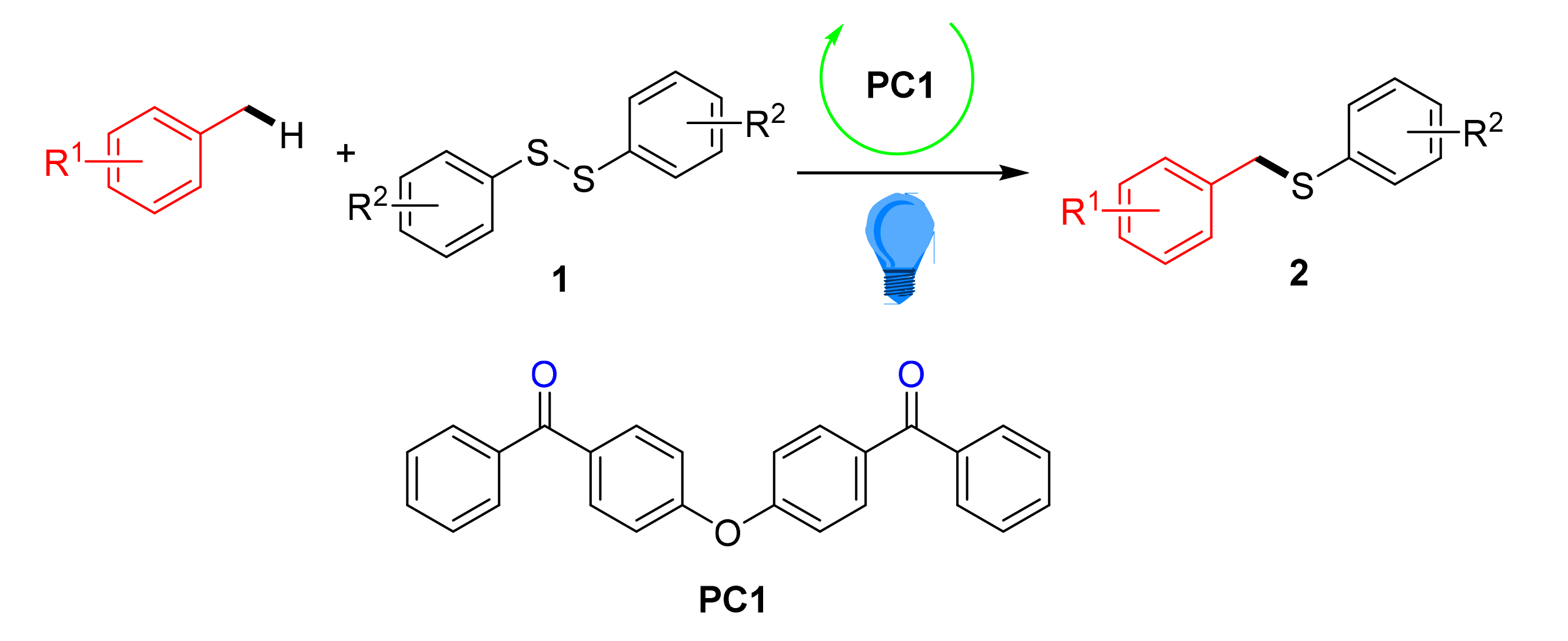| [1] |
Llinás, A.; Page, M. I. Org. Biomol. Chem. 2004, 2, 651.
doi: 10.1039/B313900J
|
| [2] |
Feng, M.; Tang, B.; Liang, S. H.; Jiang, X. Curr. Top. Med. Chem. 2016, 16, 2000.
|
| [3] |
Li, N. S.; Frederiksen, J. K.; Piccirilli, J. A. Acc. Chem. Res. 2011, 44, 1257.
doi: 10.1021/ar200131t
|
| [4] |
Syguda, A.; Gielnik, A.; Borkowski, A.; Woźniak-Karczewska, M.; Parus, A.; Piechalak, A.; Olejnik, A.; Marecik, R.; Ławniczak, Ł.; Chrzanowski, Ł. New J. Chem. 2018, 42, 9819.
doi: 10.1039/C8NJ01239C
|
| [5] |
Llinás, A.; Page, M. I. Org. Biomol. Chem. 2004, 2, 651.
doi: 10.1039/B313900J
|
| [6] |
Cole, D. C.; Lennox, W. J., Lombardi, S.; Ellingboe, J. W.; Bernotas, R. C.; Tawa, G. J.; Mazandarani, H; Smith, D. L.; Zhang, G.-M.; Coupet, J.; Schechter, L. E. J. Med. Chem. 2005, 48, 353.
doi: 10.1021/jm049243i
|
| [7] |
Huang, S.; Wang, M.; Jiang, X. Chem. Soc. Rev. 2022, 51, 8351.
doi: 10.1039/D2CS00553K
|
| [8] |
Vásquez-Céspedes, S; Ferry, A; Candish, L; Frank, G. Angew. Chem. Int. Ed. 2015, 54, 5772.
doi: 10.1002/anie.201411997
pmid: 25783208
|
| [9] |
(a) Capaldo, L.; Ravelli, D. Eur. J. Org. Chem. 2017, 15, 2056.
pmid: 19551179
|
|
(b) Ravelli, D.; Dondi, D.; Fagnoni, M.; Albini, A. Chem. Soc. Rev. 2009, 38, 1999.
doi: 10.1039/b714786b
pmid: 19551179
|
| [10] |
Yan, J.; Cheo, H.-W.; Teo, W.-K.; Shi, X.-C.; Wu, H.; Idres, S. B.; Deng, L.-W.; Wu, J. J. Am. Chem. Soc. 2020, 142, 11357.
doi: 10.1021/jacs.0c02052
|
| [11] |
Ravelli, D.; Protti, S.; Fagnoni, M. Acc. Chem. Res. 2016, 49, 2232.
doi: 10.1021/acs.accounts.6b00339
|
| [12] |
Nasser, I.; Arash, S. Tetrahedron Lett. 2014, 55, 1212.
doi: 10.1016/j.tetlet.2014.01.001
|
| [13] |
Reeves, J. T.; Camara, K.; Han, Z. S.; Xu, Y.; Lee, H. Org. Lett. 2014, 16, 1196.
doi: 10.1021/ol500067f
|
| [14] |
Bahrami, K.; Mohammad, M. K.; Ahmad, K. Synthesis 2008, 2543.
|
| [15] |
Schwertz, G.; Frei, M. S.; Witschel, M. C.; Rottmann, M.; Leartsakulpanich, U.; Chitnumsub, P.; Jaruwat, A.; Ittarat, W.; Schäfer, A.; Aponte, R. A.; Trapp, N.; Mark, K.; Chaiyen, P.; Diederich, F. Chem. Eur. J. 2017, 23, 14345.
doi: 10.1002/chem.201703244
|
| [16] |
Bahrami, K.; Khodaei, M. M.; Arab, M. S. J. Org. Chem. 2010, 75, 6208.
doi: 10.1021/jo1011784
|
| [17] |
Tanaka, K.; Shoji, T.; Hirano, M. Eur. J. Org. Chem. 2007, 2687.
|
| [18] |
O'Mahony, G. E.; Ford, A.; Maguire, J. A. R. Org. Chem. 2012, 77, 3288.
doi: 10.1021/jo2026178
|
| [19] |
Gevorgyan, A.; Mkrtchyan, S.; Grigoryan, T.; Iaroshenko, V. O. Org. Chem. Front. 2017, 4, 2437.
doi: 10.1039/C7QO00566K
|
| [20] |
Pathak, A. K.; Pathak, V.; Seitz, L. E.; Suling, W. J.; Reynolds, R. C. J. Med. Chem. 2004, 47, 273.
doi: 10.1021/jm030389b
|
| [21] |
Bahrami, K.; Khodaei, M. M.; Khodadoustan, N. Synlett 2011, 2206.
|
| [22] |
Clarke, A. K.; Parkin, A.; Taylor, R. J. K.; Unsworth, W. P.; Rossi-Ashton, J. A. ACS Catal. 2020, 10, 5814.
doi: 10.1021/acscatal.0c00690
pmid: 32582464
|
| [23] |
O’Mahony, G. E.; Eccles, K. S.; Morrison, R. E.; Ford, A.; Lawrence, S. E.; Maguire, A. R. Tetrahedron Lett. 2013, 69, 10168.
doi: 10.1016/j.tet.2013.08.063
|
 )
)
 )
)
